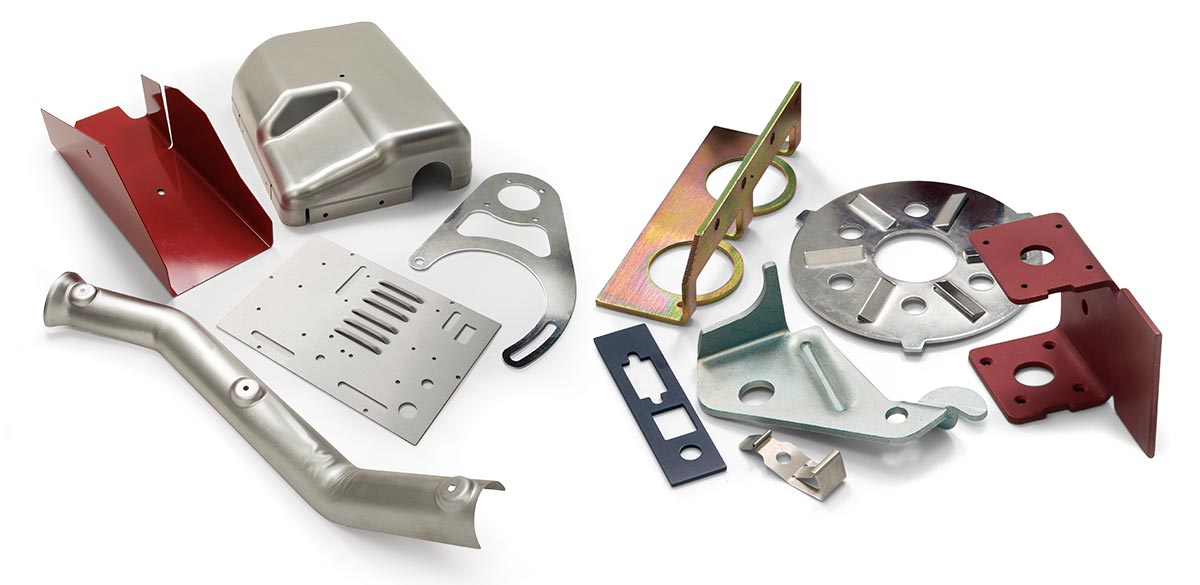This article explores the basics of Learn More About Stamping, the different types of stamping processes, materials used, applications, and also the benefits of outsourcing with a professional metal stamping vendor.

What is Metal Stamping?
Metal stamping is often a manufacturing method that involves using a stamping press and die to shape or cut metal into specific forms. It typically uses sheet metal, which is fed into a press where a tool and die surface forms the metal into the desired shape. Common stamping operations include:
* Blanking: Cutting a flat piece of metal coming from a larger sheet.
* Piercing: Punching holes inside metal.
* Bending: Deforming the metal along a straight line.
* Forming: Deforming the metal into complex shapes without cutting it.
* Drawing: Stretching the metal in a desired shape, often utilized to make cans as well as other hollow shapes.
These processes can be executed in a single-stage or through progressive dies, which permit multiple operations in a single machine cycle for greater efficiency.
Types of Metal Stamping Services
1. Progressive Die Stamping: In this method, a strip of metal passes through several stations in a die, with each station using a different operation. It’s suitable for high-volume production runs.
2. Deep Draw Stamping: This process is utilized to create parts which are deeper than they are wide. It’s commonly used inside production of automotive components, basins, and appliance housings.
3. Fourslide Stamping: This technique uses multiple slides to shape the metal from the 3 angles simultaneously, ideal for complex components requiring multiple bends.
4. Transfer Die Stamping: Used for larger parts, this process transfers the workpiece derived from one of station to the next by using a mechanical transport system.
Benefits of Metal Stamping
* High Precision and Consistency: Stamping ensures tight tolerances and uniformity, which can be essential for parts that need exact specifications.
* Cost-Effective for High Volumes: Once the dies are produced, metal stamping becomes highly efficient and economical for producing large volumes.
* Material Versatility: A wide range of metals can be stamped, including aluminum, steel, metal, copper, and brass.
* Automation-Friendly: Metal stamping processes are often automated, reducing labor costs and increasing production speeds.
Applications of Metal Stamping
Metal stamping is integral to many people industries. For example:
* Automotive: Produces body panels, brackets, chassis components, plus more.
* Aerospace: Manufactures lightweight, durable parts for aircraft and spacecraft.
* Electronics: Creates precise components like connectors, contacts, and shields.
* Medical: Produces surgical instruments, implantable components, and housings for medical devices.
* Consumer Goods: Used in the production of appliances, tools, and furniture hardware.
Choosing a Metal Stamping Service Provider
When choosing the metal stamping company, look at the following:
* Technical Capabilities: Ensure the provider can handle your part size, complexity, and material requirements.
* Tooling Expertise: Look for in-house tooling design and maintenance for faster turnaround and quality control.
* Quality Assurance: Check for certifications to ensure consistent quality and compliance with industry standards.
* Lead Time and Scalability: Assess if the provider can meet your production timeline and scale since your needs grow.
* Value-Added Services: Some companies offer additional services like welding, assembly, plating, and packaging, streamlining the fabrication process.
Metal stamping services certainly are a backbone of business manufacturing, enabling the mass creation of high-precision parts efficiently and reliably. With the right partner, businesses can leverage stamping technology to lessen costs, maintain good quality, and accelerate time-to-market. As industries still demand more complex and lightweight components, the significance and sophistication of metal stamping services are merely expected to grow.